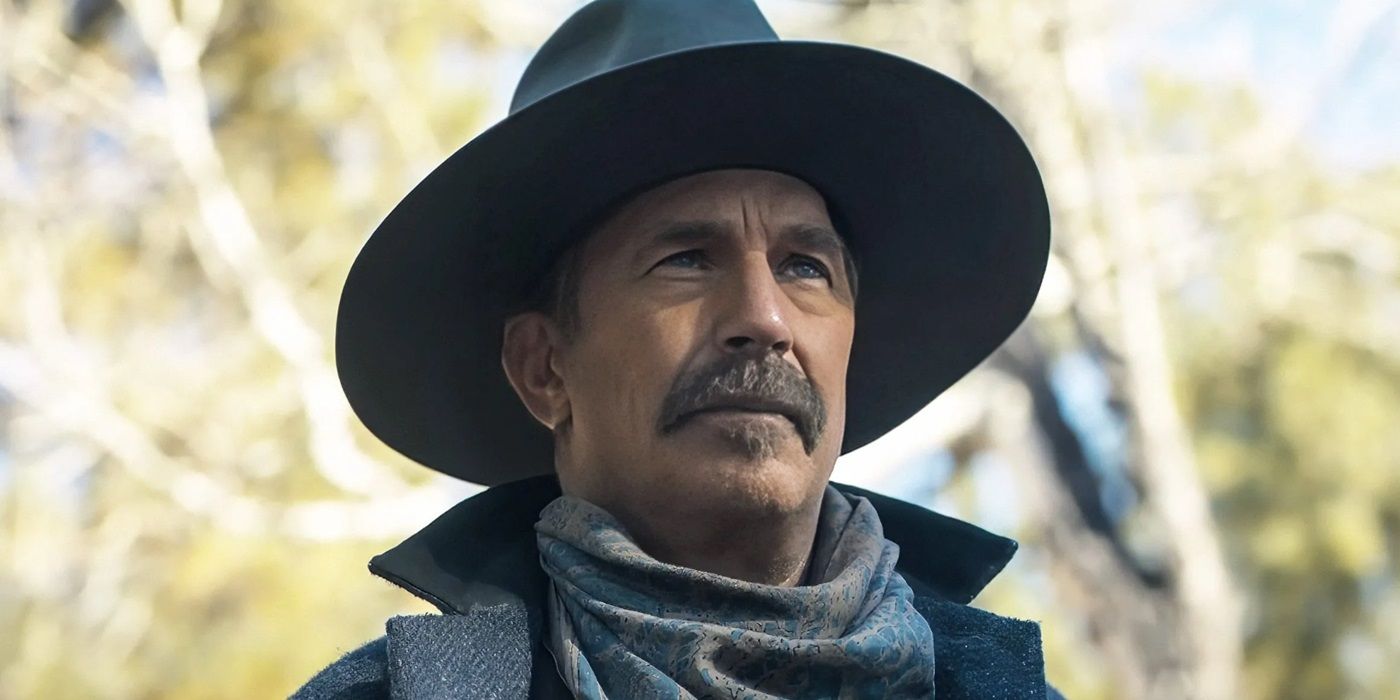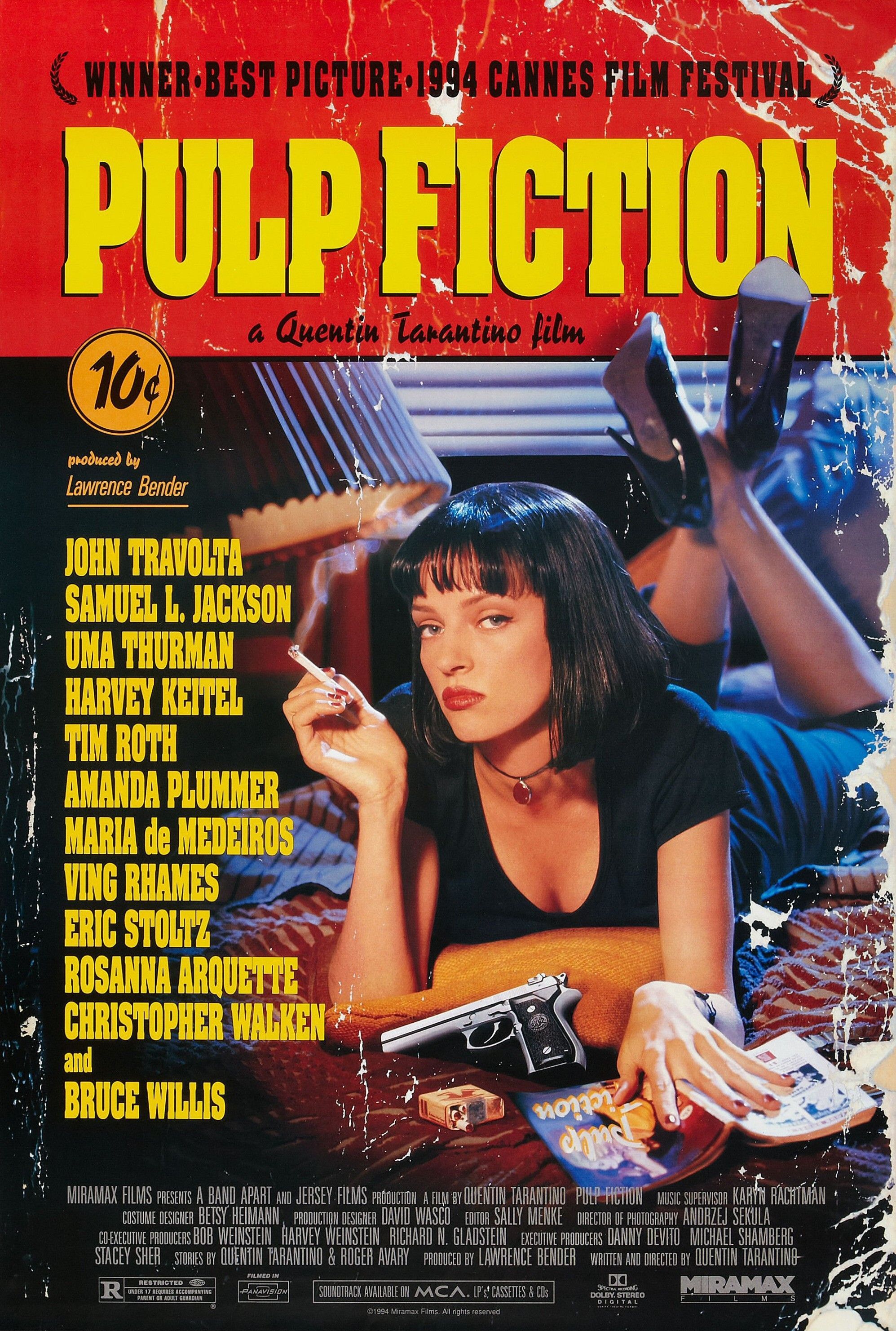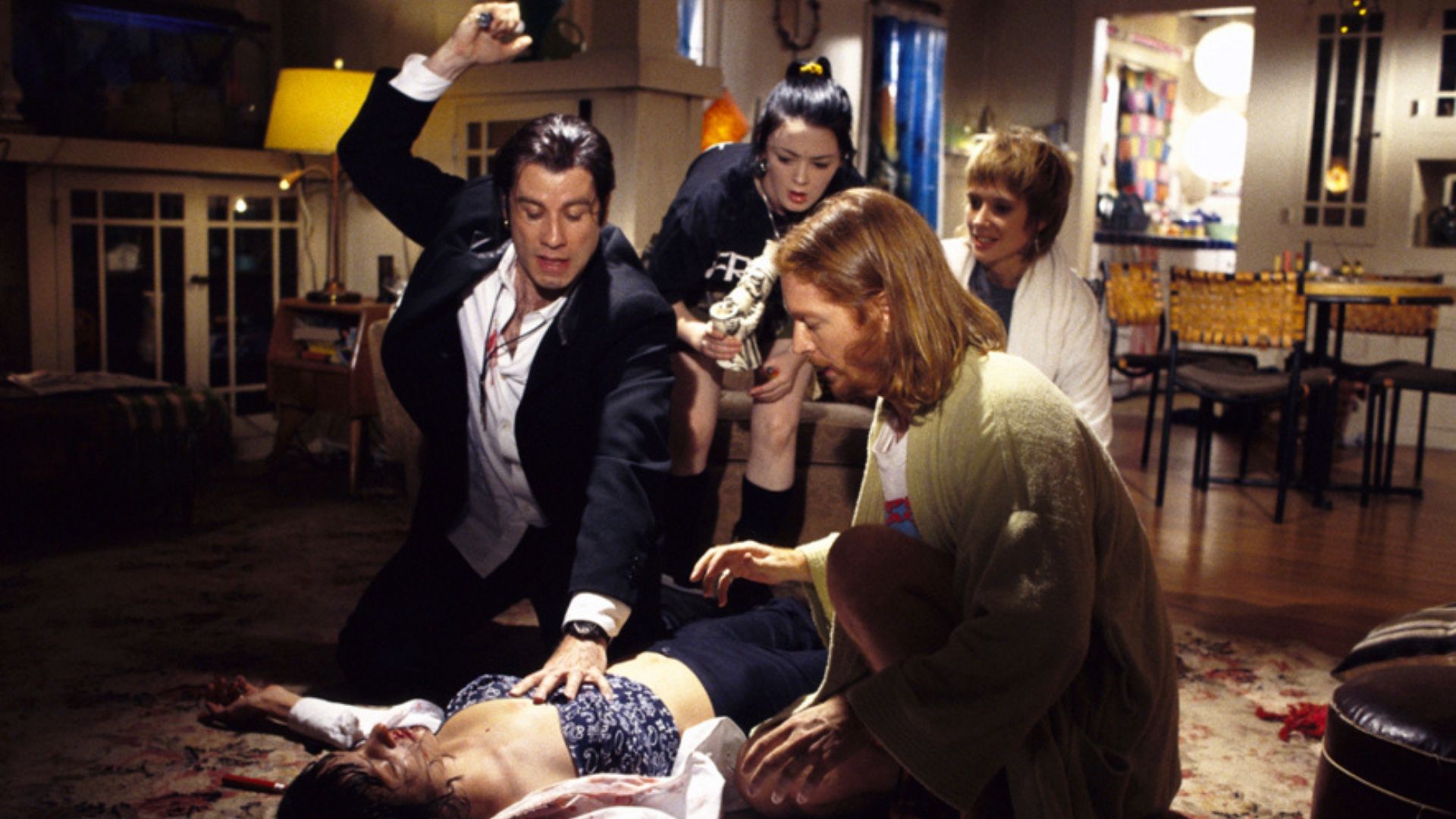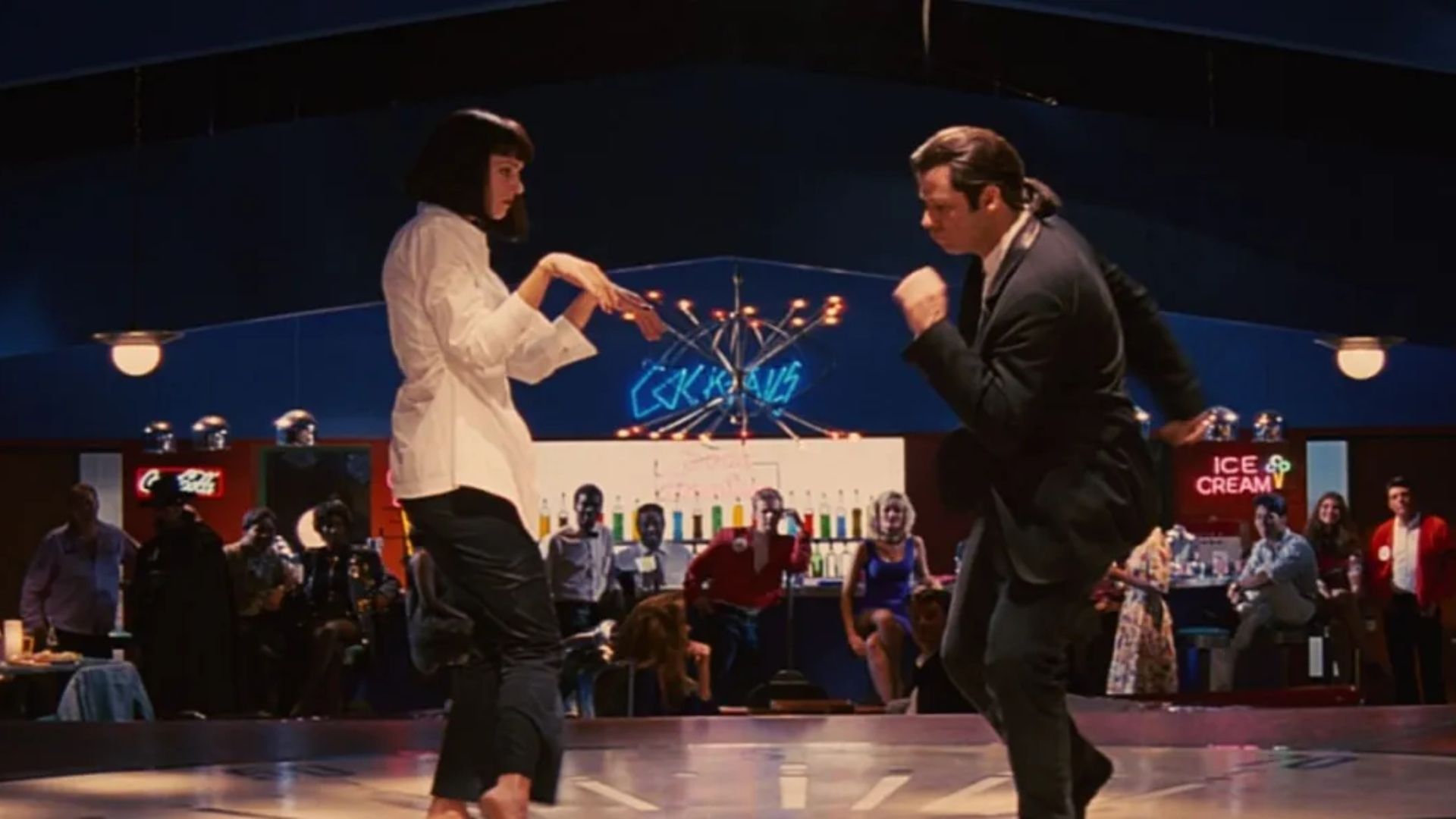Cinema history is littered with abandoned projects, scripts that never made it to the screen, and directors’ visions that remain forever unrealized. But it’s not unheard of for these phantom films to extend beyond their non-existence, impacting other works, creating artistic nods within the industry. Such is the case with Martin Scorsese’s late-’70s documentary American Boy: A Profile of Steven Prince, which, though never officially released, lived on through bootleg copies that circulated among film enthusiasts and fellow directors, eventually finding its way into a Quentin Tarantino masterpiece.
The relationship between Scorsese and Tarantino has always been one of mutual admiration, with the younger filmmaker frequently citing the master of Goodfellas (1990) and Casino (1995) as a source of influence on his art. Here, the connection between their works runs deeper than stylistic borrowing. Scorsese’s “lost film,” featuring the storyteller Steven Prince recounting his experiences with drugs and violence, became an underground legend among Scorsese fans, living on in one of the most jaw-dropping scenes in Tarantino’s Pulp Fiction (1994).
Parallels Between Scorsese’s Documentary and Tarantino’s Masterpiece
American Boy: A Profile of Steven Prince centers around the harrowing reality of drug overdose, subject matter aligning with Scorsese’s portrayal of urban decay and human frailty in his fiction. The documentary was conceived during a period when he was engaged with themes of addiction and self-destruction, evidenced in Mean Streets (1973) and later The Departed (2006). Steven Prince, a roadie by trade, was a pal of Scorsese, recognizable from his cameo role as Easy Andy in Taxi Driver (1976). Reports state that Prince’s description in the documentary of drawing a circle with a marker on an overdosing woman’s chest and even dialogue match up with what happens in Pulp Fiction.

Related
9 Actors Tarantino Wanted for Pulp Fiction Who Didn’t Make It In
Vincent Vega, Jules Winnfield, and Butch Coolidge were all written specifically with different actors in mind.
Slash Film stated: “Tarantino got his hands on a copy of the bootleg while working as a video store clerk in Manhattan Beach, California, in the mid-1980s.” So, rumor has it, when Tarantino directed the infamous overdose scene in Pulp Fiction, featuring Uma Thurman’s Mia Wallace and John Travolta’s Vincent Vega, he drew inspiration from Scorsese’s work. (Coincidentally, Travolta turned down a role in Tarantino’s From Dusk Till Dawn before accepting the role of Vega.) Rather than making a carbon copy of Scorsese’s gritty and realistic work, Tarantino presented the scene through his characteristic dark blend of comedy, pop culture, and stylized violence.
How Tarantino Made the Overdose Scene So Real
The Pulp Fiction overdose scene is a moment of tension and horror as Vincent scrambles to save Mia’s life after she accidentally snorts heroin, believing it to be cocaine. The famous adrenaline shot action, with its dramatic countdown and the violent plunge of the needle into Mia’s chest, draws a square of life, death, comedy, and tragedy. It was important to Tarantino not to use a fake chest plate in the scene. As Screen Rant explained, “He had John Travolta start off with the needle on Thurman’s chest, and then he pulled it upward and away from her. In editing, they then reversed the footage and made it look like he slammed it into her chest.”
Art Is Passed From Generation to Generation
Scorsese’s American Boy: A Profile of Steven Prince didn’t disappear into the void; instead, its essence was absorbed by another filmmaker — Tarantino inherited a concept and rebuilt it within his cinematic vision. The technical execution reflects this dual influence — the urgency echoes Scorsese’s documentary approach, while the theatrical staging and absurdist elements bear Tarantino’s signature. This creative cross-pollination speaks to a broader phenomenon in filmmaking, where great directors are repositories for unrealized ideas that later find expression through other artists.

Related
Quentin Tarantino Is More Obsessed With Kevin Costner Than Your ‘Yellowstone’-Loving Dad
Tarantino’s cast for ‘Kill Bill’ and ‘Django Unchained’ could have looked very different.
The overdose scene’s placement within Pulp Fiction’s non-linear narrative gives it additional weight; it’s a turning point, revealing character depths. Vincent’s panic humanizes him, while Mia’s vulnerable near-death experience adds gravity to the plot. Scorsese’s documentary vision became, in Tarantino’s hands, an uncomfortable comic portrayal of responsibility and mortality, proving that in cinema, nothing is ever truly lost.

Pulp Fiction
- Release Date
-
October 14, 1994
- Runtime
-
154 minutes
Source link



















Add Comment